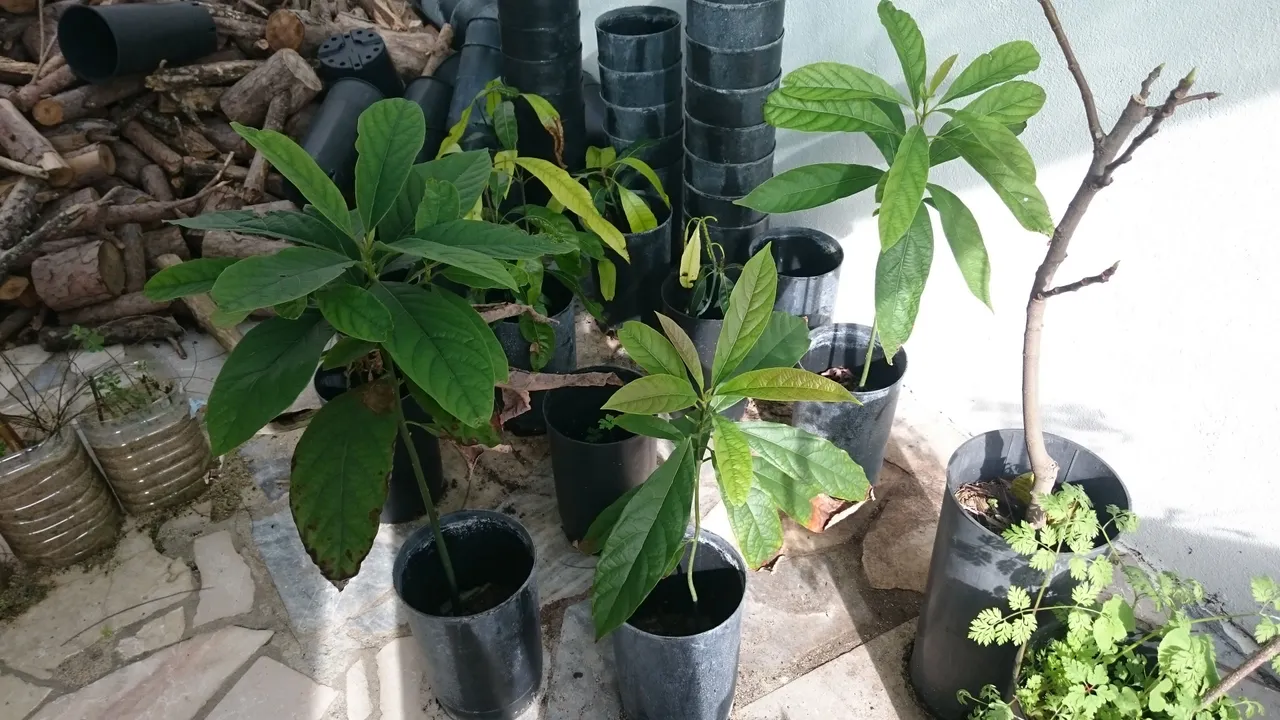
Always be ready to plant.
Throughout my Permaculture Design Course (PDC) from last year I learned over and over again, that it is very important to have a ready to plant nursery. Especially here in the mediterranean climate I am living it is highly recommendet. The dry season is long and no planting can be done during that time. But right after the dry season with the first rain all plants go into the ground, to have as much time as possible to adapt in the wet soil, before they face the first stessful phase of their life throughout their first summer with strong light, strong heat and most likely almost no water.
In even more arrid climates where the big rain is less foreseeable it is even more cruicial to have all plants from the shade house ready to go to be planted the day after the rain. No excuses allowed!
My propagation station.
So I have been preparing for that first planting and have been growing my nursery for half a year now. I made several baby steps, as I wanted to go through as much seeding and cuttings processes as possible. Only 3 plants are bought or lets better say „rescued“ from a gardening center. These are a fig, a hazel nut whip and a plum whip.
Seedling.
What I am most proud of are these avocado and mango seedlings. All „hatched“ myself and most of them went through. One mango out of eleven mangos and avocados died after being transplanted to the shade house and a second mango shows strong signs of weekness. I was using normal round plastic pots that I even bought cheaply from a local nursery, yet by now I know that air pruning of the roots is very important for trees that will be transplanted and for future trees I will change my strategy.
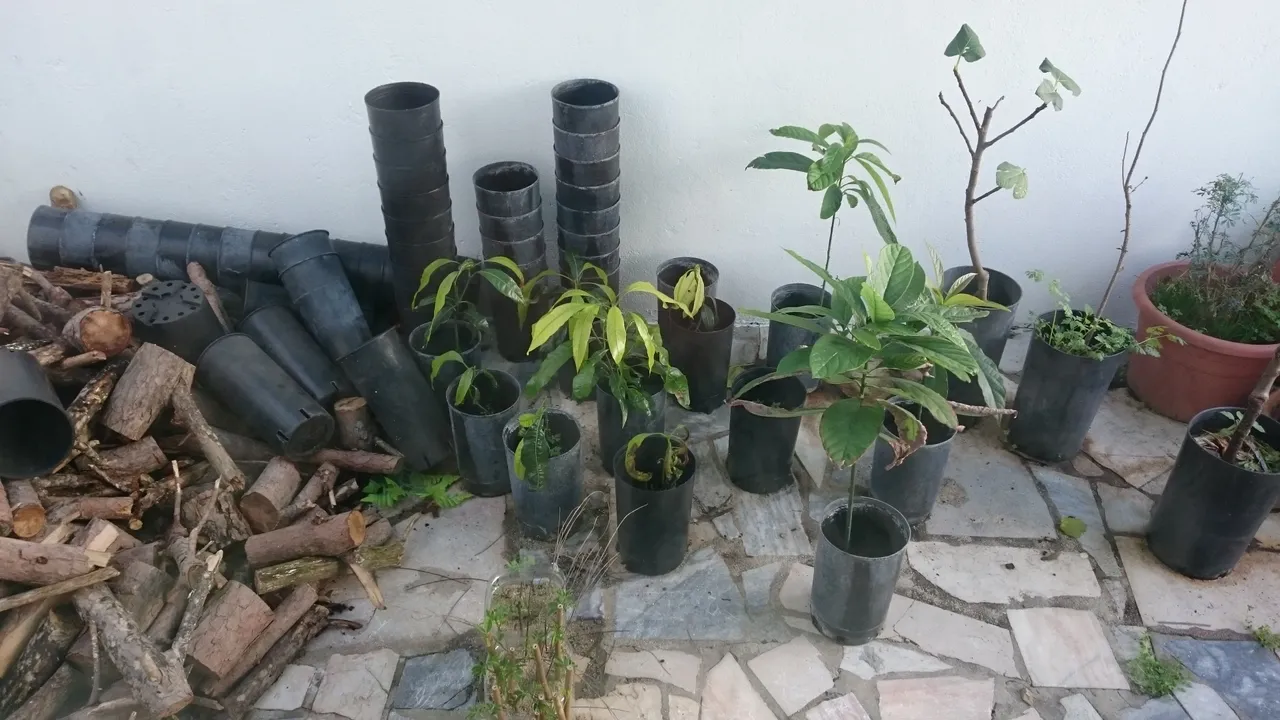
All seeds where germinated wrapped in wet paper towel or toilet paper and put into a closed plastic bag. The germination rate was 100%. I saw that technique on youtube somewhere and will never go back for big seeds like the ones from mango and avocado.
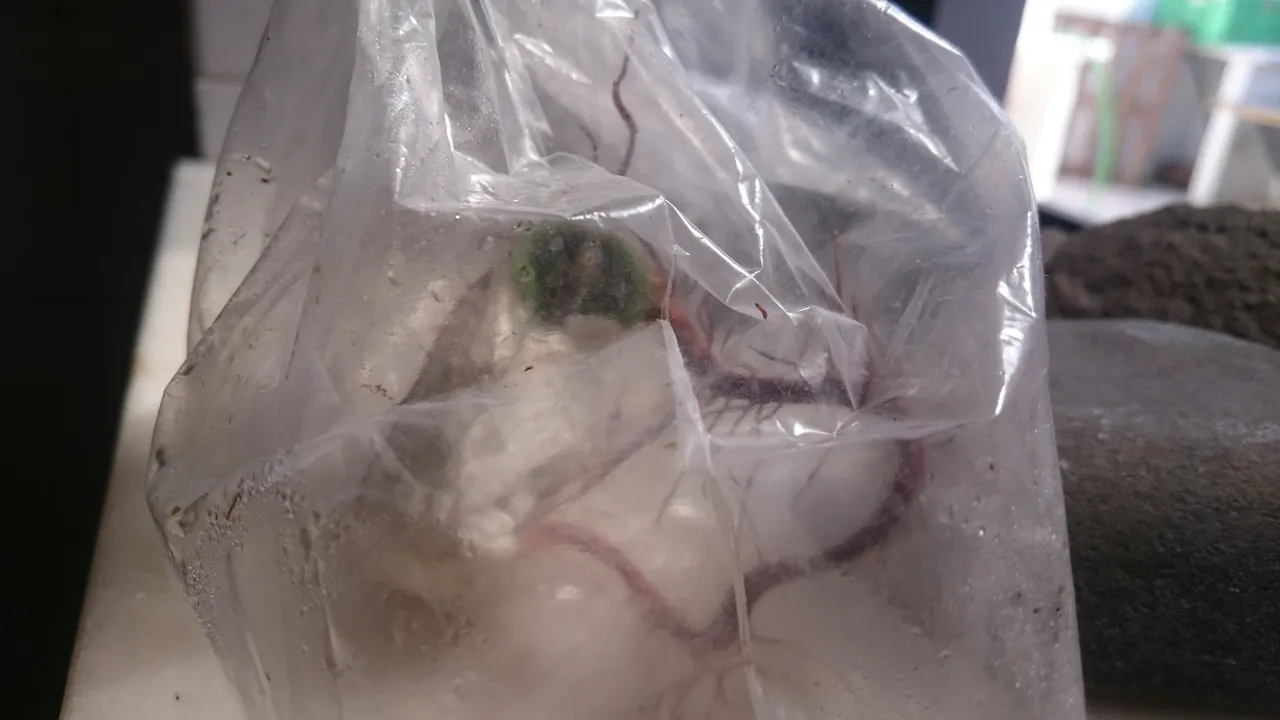
Cuttings.
Here you see my cuttings. All of these cuttings are from nitrogen fixers, very important players in a Permaculture orchard. On the left you see Senna multiglandulosa (often called cassia multiflora) and on the right Coronilla glauca. The one in the middle did not take off. I think I did not understand the plants structure right and probably only planted the leaves… Oups. All cuttings are grown in pure sharp river sand that is inocculated with pure worm-bin leachate. Apparently it works brilliantly. For the two species I handled rigth again 100% sucess.
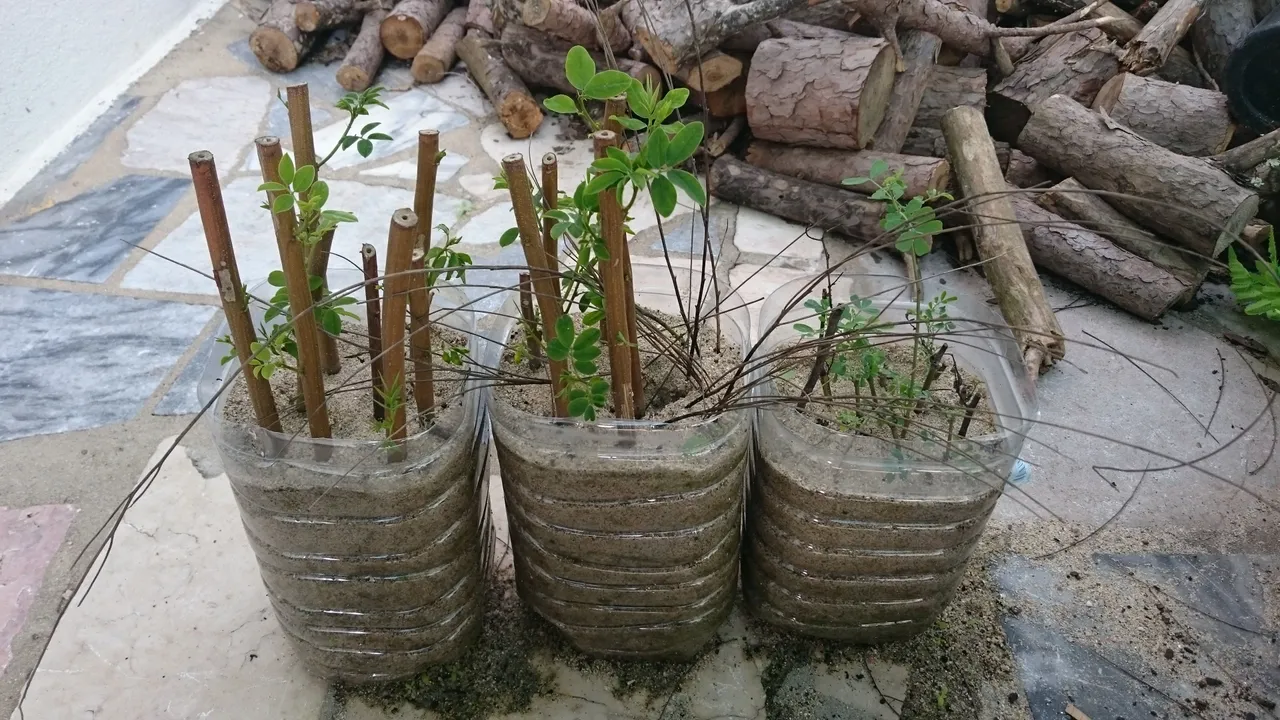
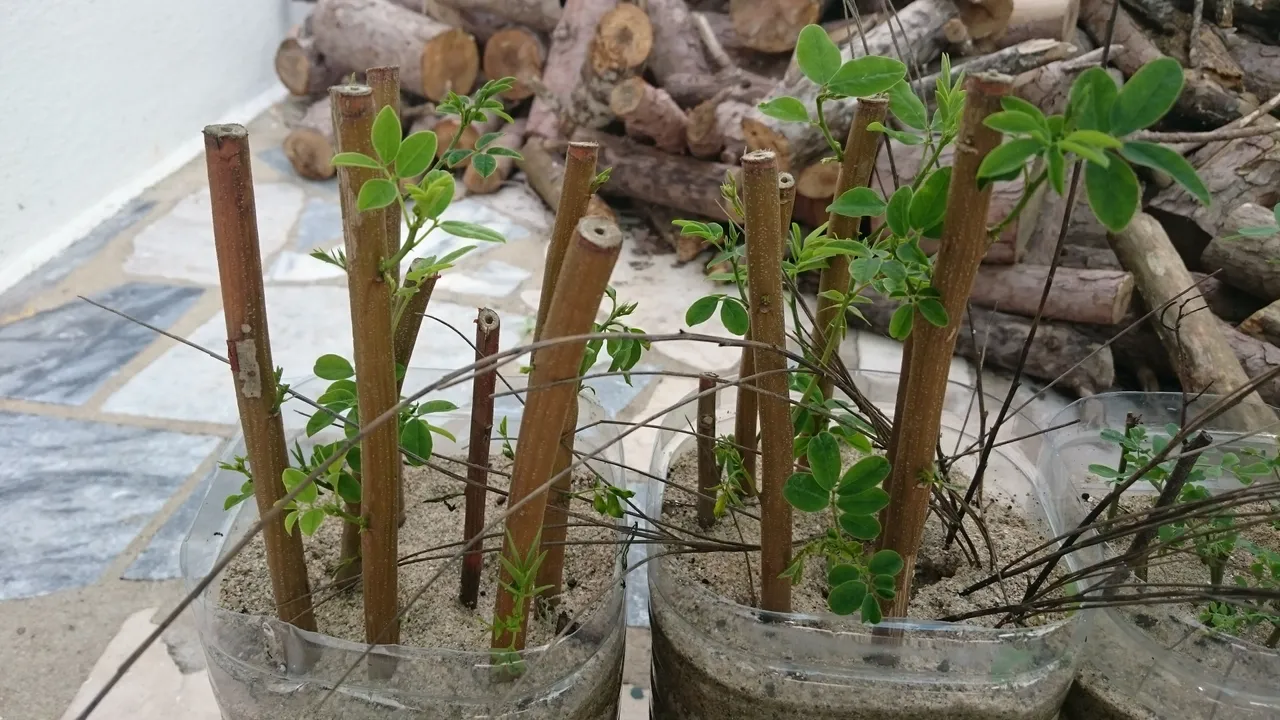
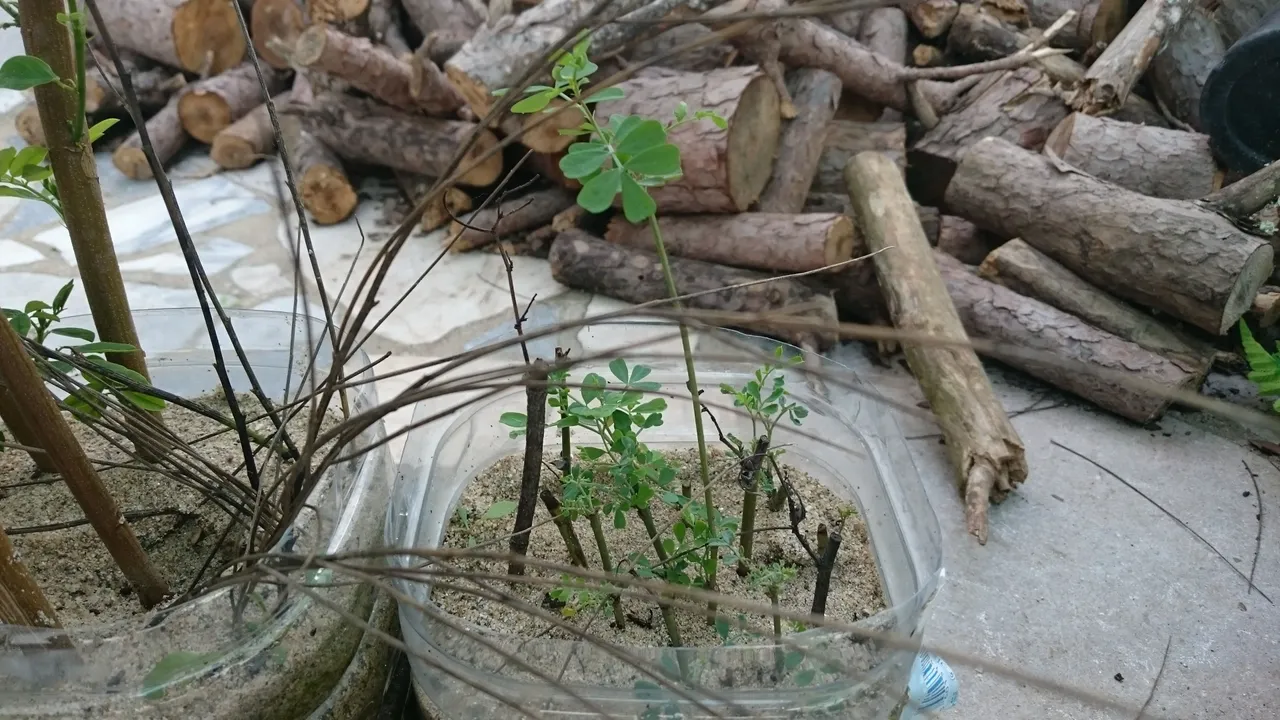
Last but not least you see my matrix of Platanus. These ones are hammered right into the ground of our land. Time will show how they will do. Upon growth initiation they will be placed in their destination spot. A few months ago they did the 8 year cicle pollarding of gigantic Planatnus trees on a square of a neighbouring village. By chance I had my prunders with me and took several branches with me. Why am I interested in platanus? Wait for my article on our Rocket Mass Heater. I just love to burn this wood and they do really well with pollarding and coppicing.

As always thanks for listening.
Moritz